What the 2017 Hurricanes Taught Retail About Disaster Planning
Industry experts gathered at the 2018 RECon conference in Las Vegas to discuss the importance of disaster planning and retail’s role in recovery efforts.
By Meeghan Fuhr
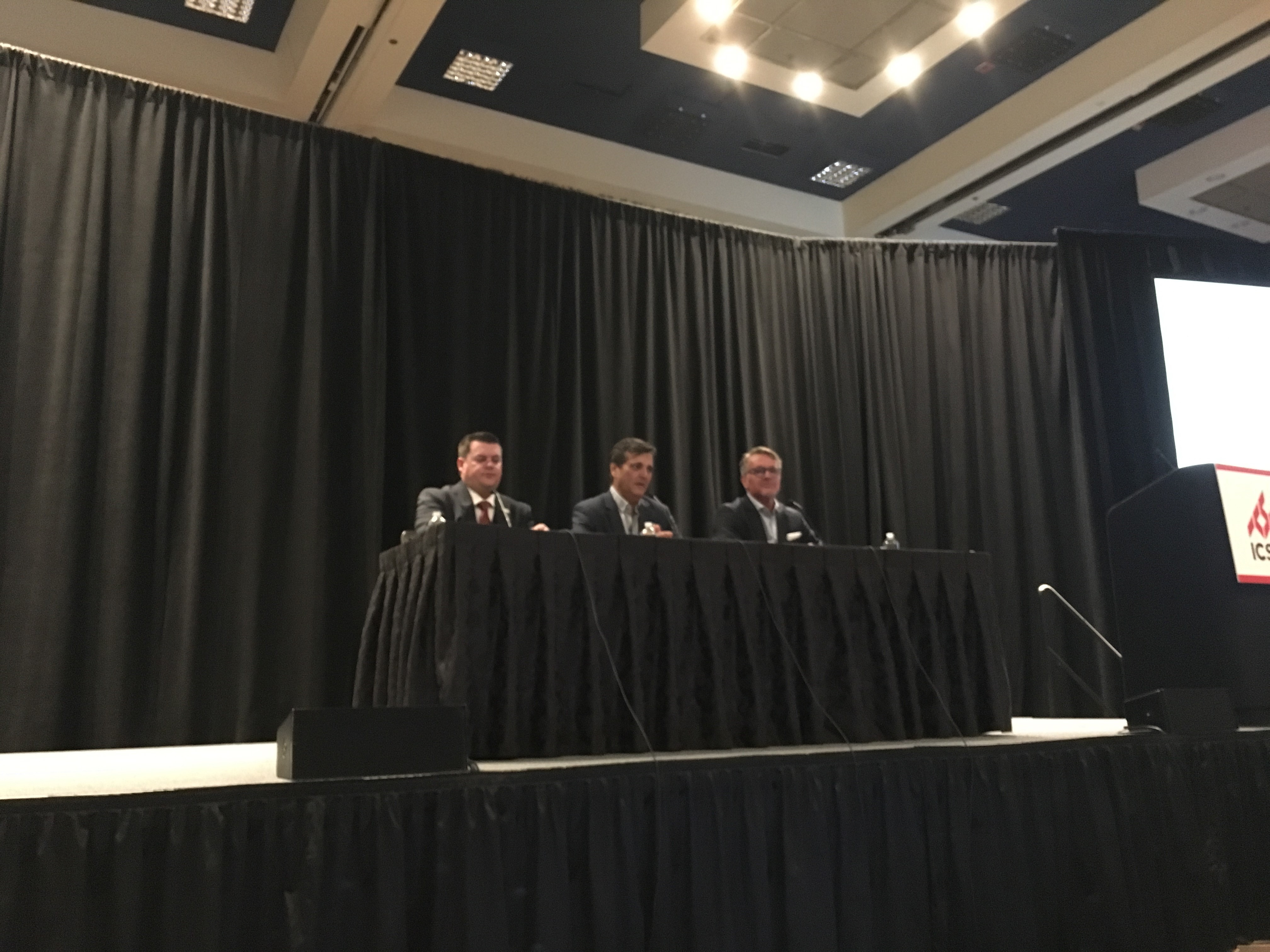 With areas struck by the disastrous hurricanes in 2017 still recovering, industry experts gathered at the 2018 RECon conference in Las Vegas to discuss the importance of disaster planning and retail’s role in recovery efforts.
With areas struck by the disastrous hurricanes in 2017 still recovering, industry experts gathered at the 2018 RECon conference in Las Vegas to discuss the importance of disaster planning and retail’s role in recovery efforts.
“You can make the best plan,” said Andrew Carlson, national director for retail in Puerto Rico, Caribbean and Latin America, “but the minute it’s put into action, it will change.” So why is it so important to create a disaster plan? One of the main reasons is because major shopping centers become temporary city-centers during catastrophic events.
Major shopping centers have generators, cell towers and resources bringing in people to charge their phones and get information and temporary shelter, among other things. People aren’t there to shop, but they inevitably do after being drawn to your store for other needs. Even as recovery and clean-up efforts begin, business continuity creates a sense of normalcy for people in the community looking to get back into their routines.
Because your enterprise will never be at the top of anyone’s priority list, disaster plans need to be thoroughly planned out and practiced regularly. According to Jim Mandeville, senior project manager, Large Loss Operations, North America, FirstOnSite Restoration, storms aren’t acting like they used to, and disaster plans are typically based on what has happened in the past. “Storms now are turning faster and intensifying more,” he said, and that is why the disaster plan should be a working document that is consistent and practiced regularly.
For starters, it’s important to classify your plan based on what disaster you are reacting to, because they require different responses. There are different stages of planning, both short- and long-term. “Most disaster plans run for three to five days, but recent events have lasted longer than that,” said Carlson.
Arturo Garcia, president, Caribbean Design & Management Partnership LLC, said it’s critical to “understand your floodplain, your center, and its weaknesses.” Some basic tips he provided were to take your critical equipment and place it well above the highest water mark and maintain good relationships with FEMA and the government.
What to put in a plan
One of the biggest issues that arises, the panelists agreed, is sourcing goods and personnel. Often times, contracts for goods and personnel are done with neighboring cities or states, which may be disaster stricken by the same crisis you are. It’s important to source fuel and other resources from farther away in the event a big storm knocks out the infrastructure from the next town, or even state, over. You never know if your plans for resources will be interrupted; the U.S. Virgin Islands is a good recent example of this. The U.S. Virgin Islands typically source from Puerto Rico and South Florida, two areas also rocked by disasters within a matter of days. Now, the U.S. Virgin Islands is relying on the help of the Northeast United States for resources to aid recovery efforts.
Parting points from panelists were to make sure your disaster plan includes a few people with decision-making ability, especially since staffing may be spotty in a crisis and action often needs to be taken swiftly. Along these same lines, “every person needs to learn the job above them and the job below them,” said Mendeville. And, ultimately, when you have your disaster plan in place, “plan, practice and preach,” the panel said.


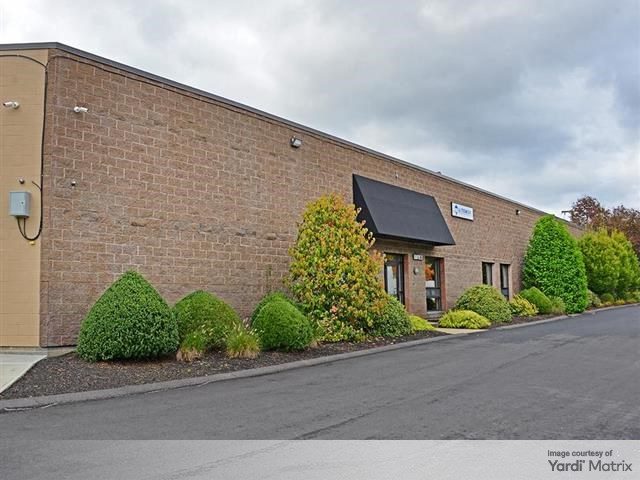
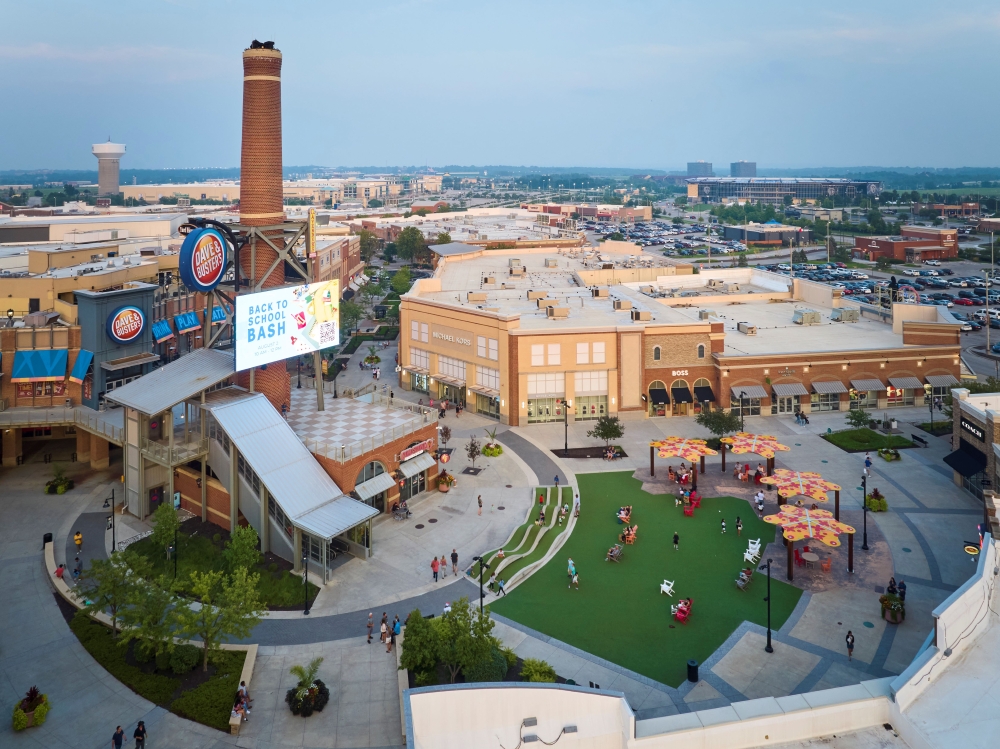
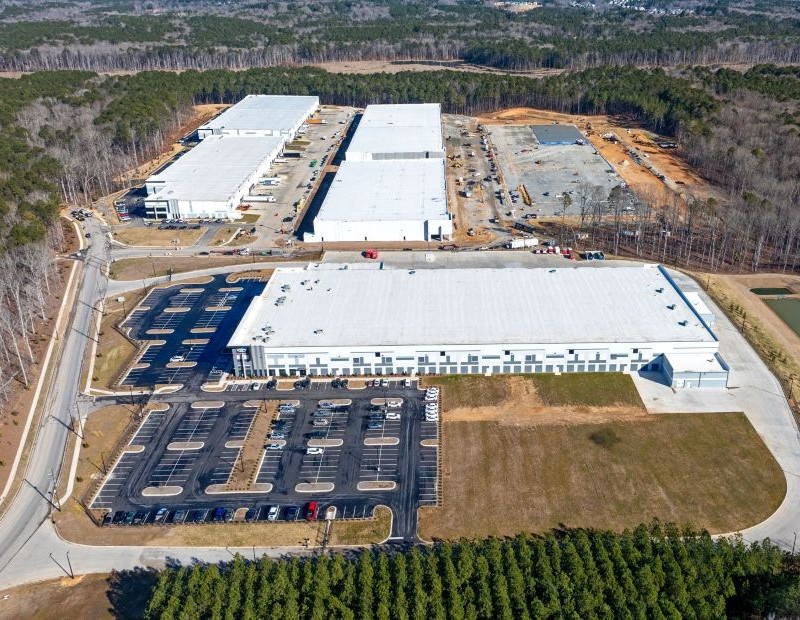
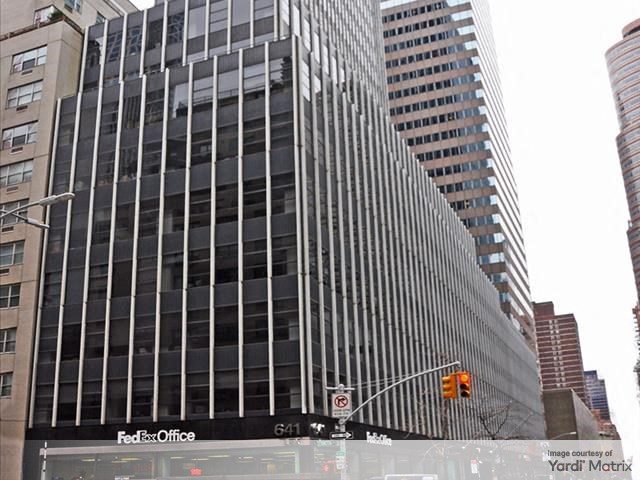

You must be logged in to post a comment.